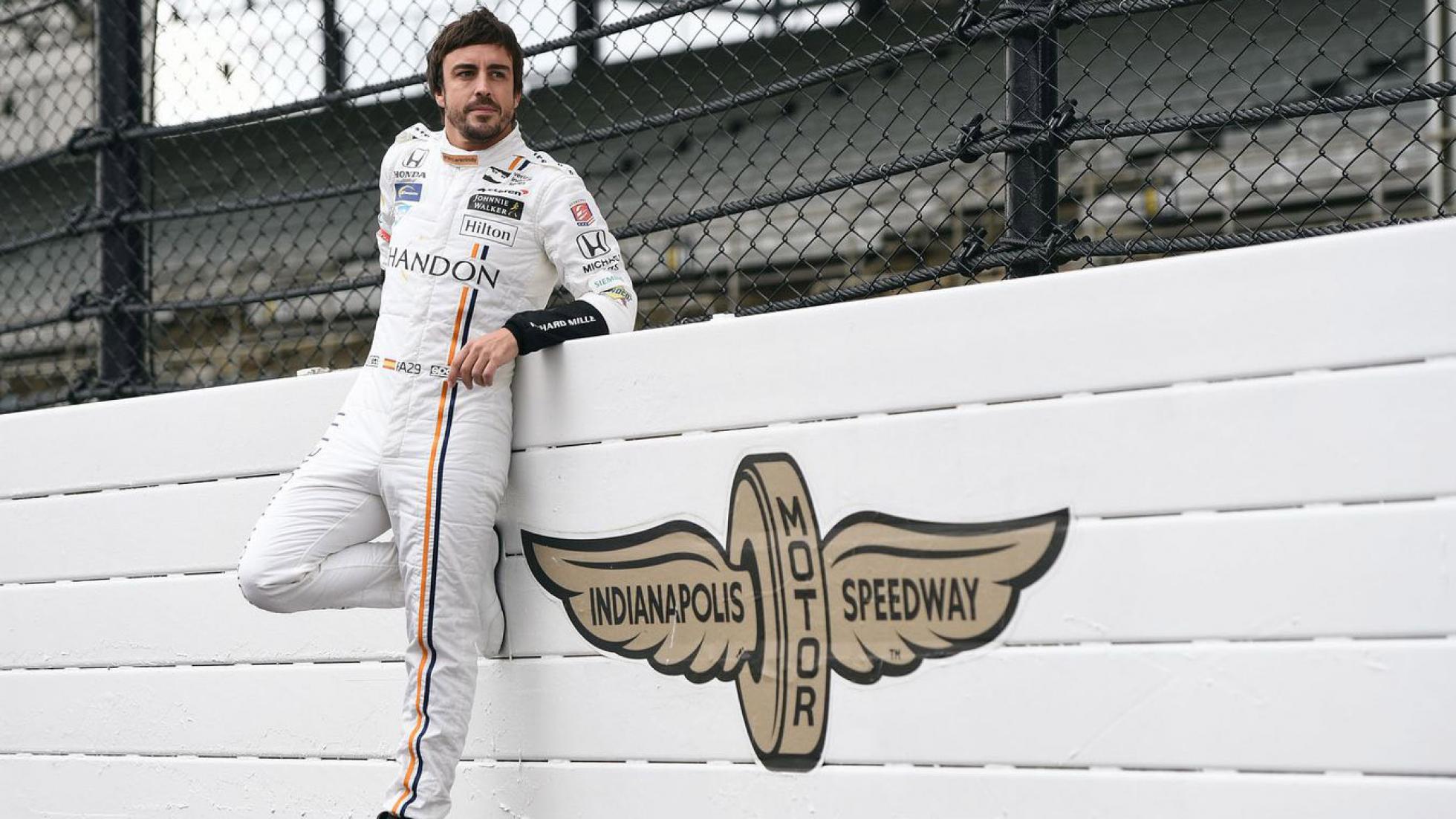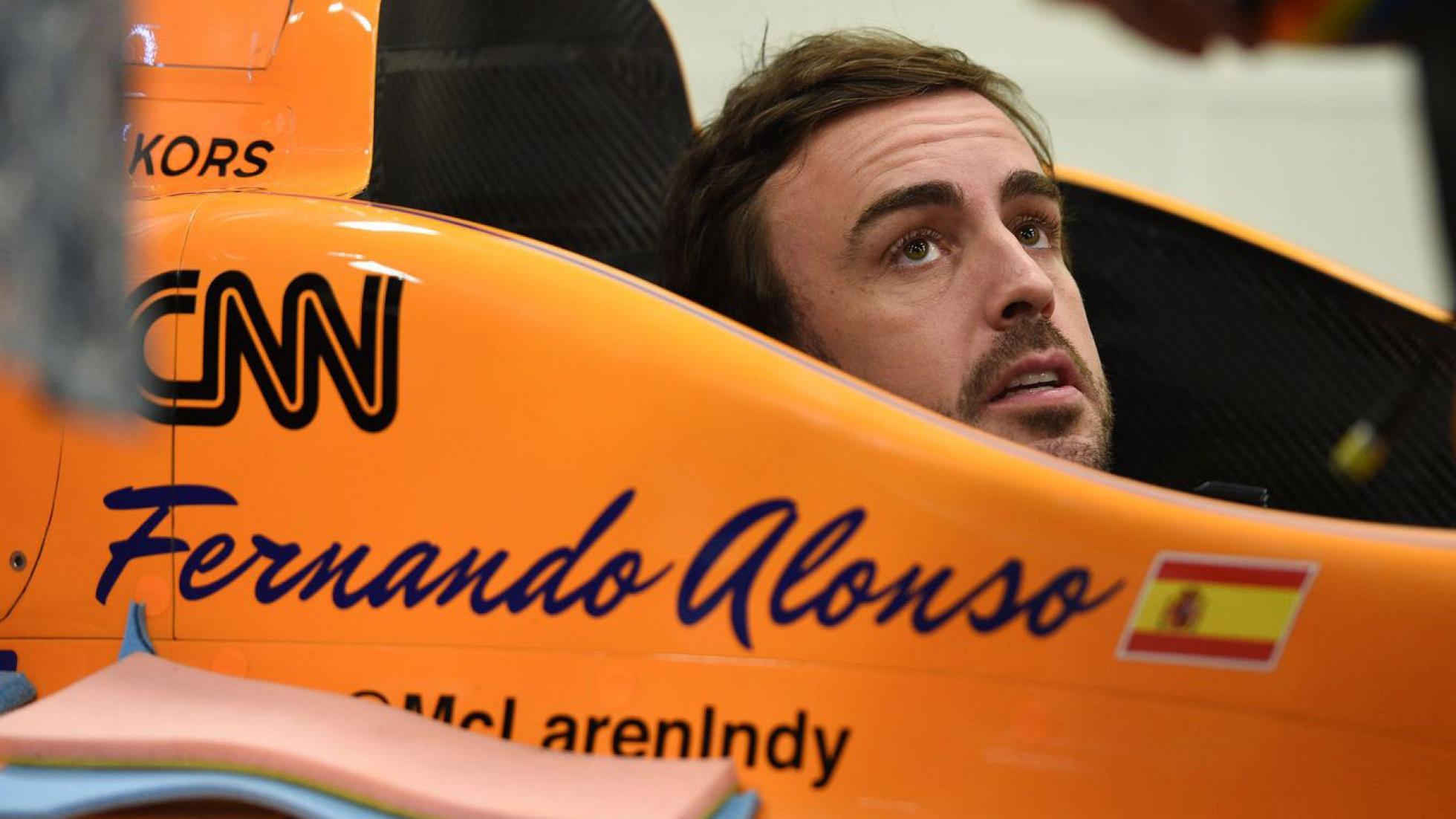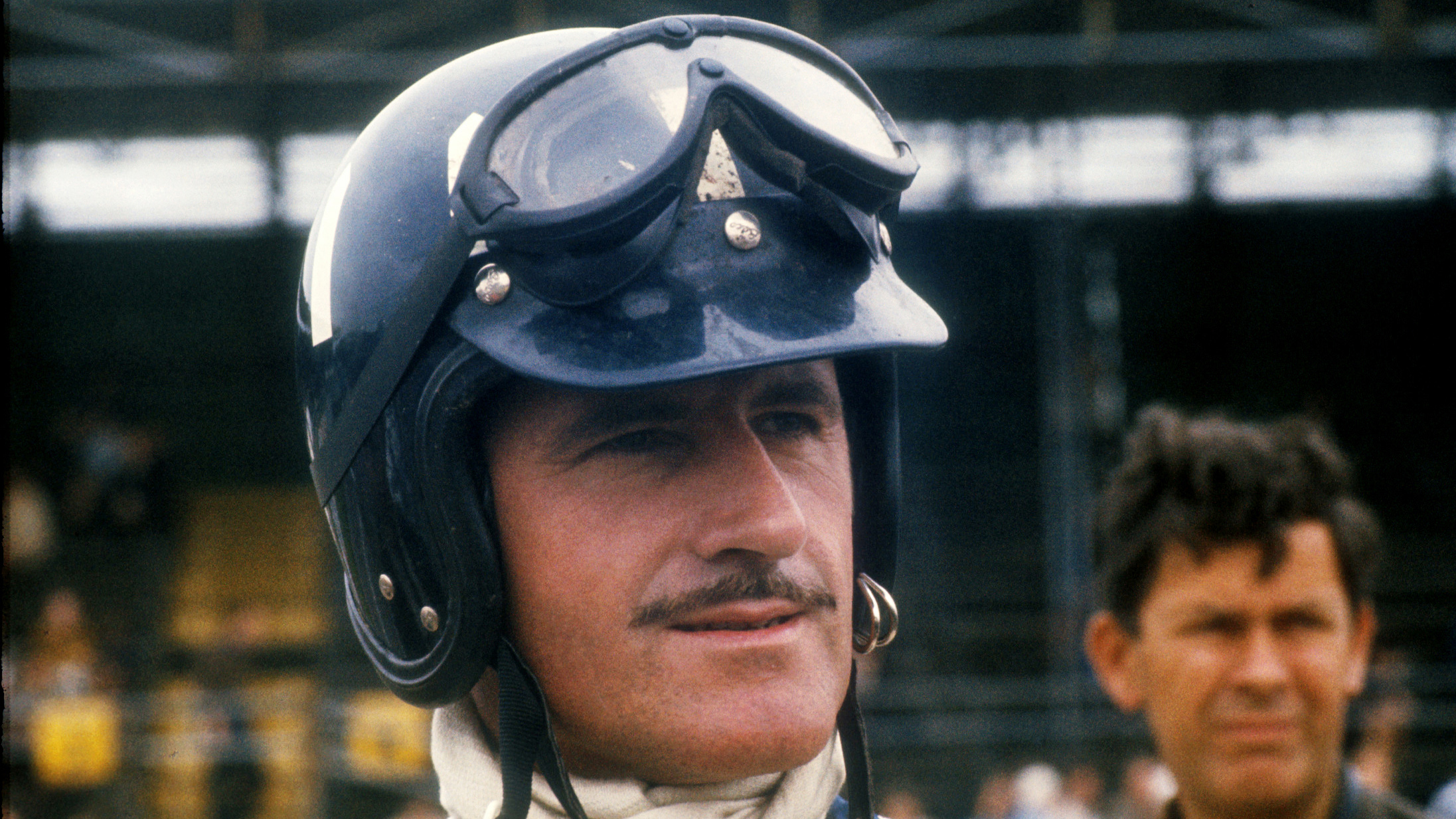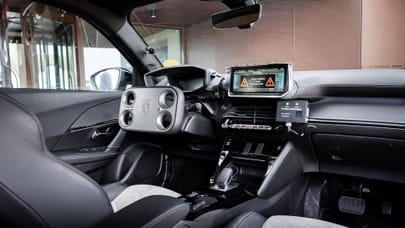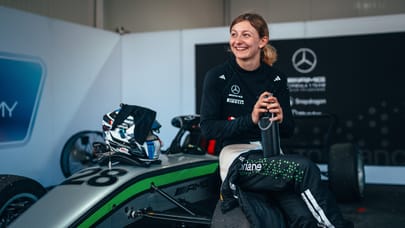
What is motorsport’s ‘Triple Crown’ and why does it matter?
Fernando Alonso is gunning for the holy trinity of racing - here's what it's all about
When exactly did the idea of a motorsport Triple Crown become such a ‘thing’? At precisely the moment Fernando Alonso decided it seemed a more realistic prospect than another hatful of Formula One world titles.
Given that Graham Hill remains the only man in motorsport history to win the Monaco Grand Prix (1963, ’64, ’65, ’68 and ’69), the Le Mans 24 hours endurance race (1972), and the Indianapolis 500 (1966) – not to mention two F1 world championships – it’s tempting to reach one of two conclusions. Firstly, that Alonso’s current situation in F1, saddled with a McLaren that couldn’t get out of its own way, is so dire that he needs another focus. Hitting 230mph round the Brickyard will certainly give him that, and having gone fifth fastest in the pole shoot-out last weekend, how refreshing was it to see smiley Fernando replace surly Ferdy? (McLaren’s gamble to let him race in the 500 has been widely criticised, but as a piece of motivational therapy, it’s already paid off.)
Secondly, that he knows he’s the best in the game, and needs to claim an accolade that’s gone unchallenged for 45 years to remind the world that he, Fernando Alonso, really is the Muhammad Ali of motor racing. Or maybe a samurai (he has one tattooed on his back).
There are other reasons why this seems to matter to him more than it ought to, not least because his two F1 titles, in 2005 and ’06, must feel like so much ancient history. Seriously, stop for a moment and think: no Spotify, no Instagram, no Brexit, no Trump in the White House, no Bake Off… That’s not 11 years ago, that’s another world. But Fernando is also a born racer, and although there’s always great satisfaction for a driver who can out-perform his car – and Alonso regularly does that – he’s clearly grown weary of wasting his talent on bailing out an ailing McLaren.
On which basis, sacrificing Monaco for Indianapolis – the calendar clash is one of the reasons contemporary F1 drivers can’t do both – is a no-brainer. Especially as he’s won the Monaco GP, back-to-back, in 2006 and 2007, as he noted in an official statement when his Indy 500 bid was announced. No-one’s going to notice if he finishes, say, seventh there this weekend, even if he turns in the drive of his life. Yet more than two million people streamed his first test – the first test! – in the (Honda-powered) Andretti Autosport Indy car in early May.
And right there is why the Triple Crown idea still resonates. In Graham Hill’s heyday, the world’s top drivers would have raced each other on billy carts for a few quid and the glory of it. Sir Jackie Stewart once told me he made 86 transatlantic flights in 1972, earning himself a duodenal ulcer in the process. But that’s what racing drivers did: race. Everywhere, in everything.
In Graham Hill’s heyday, the world’s top drivers would have raced each other on billy carts for a few quid and the glory of it
Alonso’s decision to tackle the Indy 500 channels some of that old-school derring-do, just as Nico Hulkenberg’s drive in the 2015 Le Mans race was basically a cool thing to do. Better still, he won. Jacques Villeneuve’s 1995 Indy 500 led him to F1 where he was world champion in 1997 (career freefall then beckoned, although he raced to a podium finish with Peugeot at Le Mans in 2008). Juan Pablo Montoya has won Monaco and the Indy 500 (twice, in fact, his wins separated by 15 years – 2000 and 2015). Every racing fan is fascinated by what happens when one of the best in one discipline gets a shot at another. (I was at the Circuit de Catalunya when Sebastien Loeb tested the Red Bull RB4 in late ’08: "The speed with which he has adapted is stunning," Christian Horner told me. "He clearly has incredible versatility" – but a drive never materialised.) Ferrari flirted repeatedly with putting Valentino Rossi in an F1 car, and he was quick around Fiorano. Just not quick enough. At least now we get to see arguably the greatest driver of the current F1 generation test his mettle in the Indy 500.
Does it matter where it ranks in the pantheon? "The [F1] world championship is certainly the most important," Damon Hill noted recently, reflecting on his father’s remarkable achievement. "It was the thing he first set out to achieve. Endurance racing maybe suits maybe a more experienced driver and it’s possible to do that later in your career. It was never a defined ambition of his, and I was quite surprised Fernando Alonso has defined it as an ambition of his to win this Triple Crown. I’m not sure it’s even an official thing, but that’s what it’s been dubbed, my dad’s the only to have done it, so it would be great if Fernando had a crack at it."
Graham Hill himself, in a 1975 TV interview, was typically dry and wry about what he’d achieved, and which of the three he rated most highly. "The Indy 500 produced more loot than the others, Le Mans was a nice thing to win after several years of trying, but I think the F1 championship because it is a whole series over a complete year. The Indy 500 was pretty dicey because there was an enormous shunt after we’d gone about five yards."
Top Gear
Newsletter
Thank you for subscribing to our newsletter. Look out for your regular round-up of news, reviews and offers in your inbox.
Get all the latest news, reviews and exclusives, direct to your inbox.
Lord knows what he’d make of the fuss Fernando’s currently creating. But it’s given the main man a much-needed boost, and turned this year’s Indy 500 upside down. What’s not to love?
Trending this week
- Car Review
BMW 1 Series




